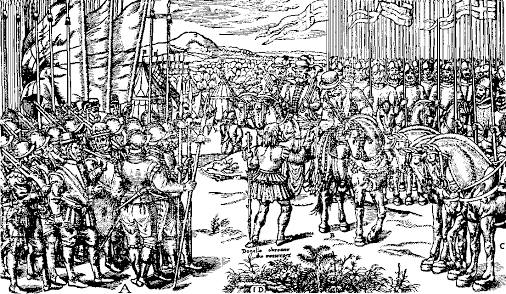Matthew Locke’s Musick for His Majestys Sagbutts and Cornetts
Throughout September, the Daily Classical Music Post celebrates the music of 15th-, 16th-, and 17th-century England.
https://youtu.be/nM4sCW5uUGYMatthew Locke (c. 1621–1677) is known particularly for his music for masques as well as for early English operas by Sir William Davenant. He was "Composer in Ordinary to His Majesty, and organist of her Majesty's chapel" (to Charles II and Catherine of Braganza). Interestingly, the level BELOW Composer in Ordinary was known as “Extraordinary”; wouldn’t you think it should be the other way around? Anyway, I digress.
Locke may or may not have converted to Roman Catholicism when he was in the Netherlands around the time he was 18, but like several other musicians of the day he managed to conceal this fact in order to continue to be employed by the English monarchy. He also wrote a work on music theory, Melothesia (1673), which is notable for its explanations of how to play a “continued bass.”
Keith McGowan says, “During the years before the Commonwealth cornetts and sackbuts were to be heard in English chapels and cathedrals accompanying anthems. This practice aroused some suspicion, as the grandeur evoked by the wind players was considered too ‘popish’, . . . the Civil War effectively silenced the bands. When the monarchy was restored in 1660, King Charles attempted to revive the ‘Royal Windy Musick.’ . . . Locke’s Musick for His Majestys Sagbutts and Cornetts is the masterpiece of early English wind music.”
My classical music post for today is Matthew Locke’s Musick for His Majestys Sagbutts and Cornetts.





Comments
Post a Comment